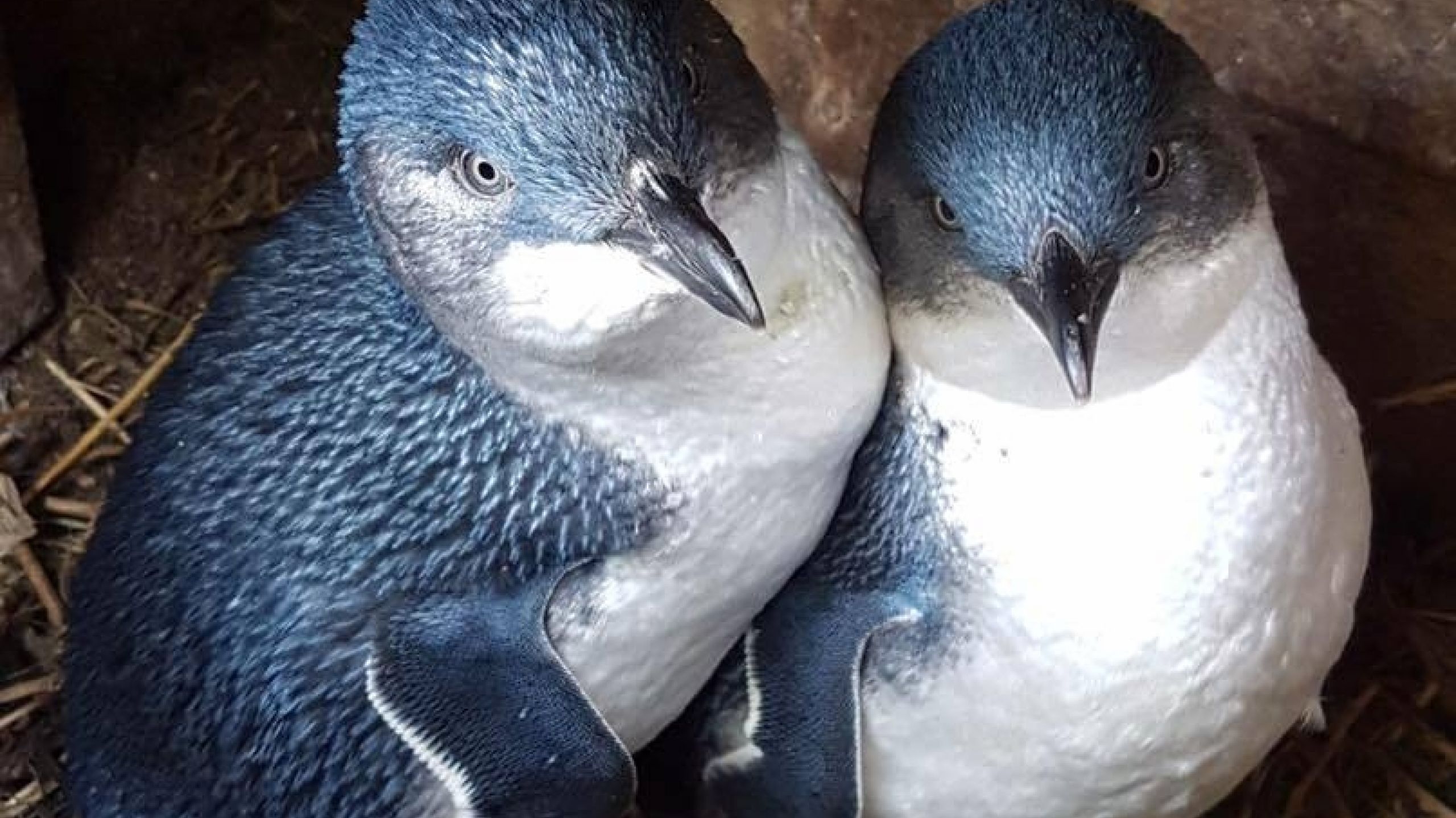Identifying the risk of key infectious diseases in the largest population of the world's smallest penguin
The Penguin Foundation has recently contributed $25,000 towards investigating and identifying the risk of four key infectious diseases in the populations of Little Penguins at Phillip Island and St Kilda in Port Phillip Bay. These diseases are avian malaria, avian flu, avian pox and avian cholera. All four diseases have been recorded in populations of penguin species in New Zealand, South Africa, South America and the Antarctic and at least one is being considered a potential contributor to the decline of the Yellow-eyed Penguin in New Zealand.
Penguins are one of the most endangered groups of seabirds in the world with 60% of species being classified as ‘threatened” by the International Union for the Conservation of Nature (IUCN). Climate change, marine pollution, invasive predators, habitat destruction and competition with fisheries have been identified as the major threats to penguins (Trathan et al 2015) with harmful algal blooms and disease being of unknown but of potential significance. Penguins are mostly social birds that often breed in large colonies which comes with a number of advantages and disadvantages. Among the disadvantages of colonial living is that it may enhance the spread of infectious diseases such as avian malaria, avian flu, avian pox and avian cholera.
Phillip Island has the largest population of the world’s smallest penguin species, the Little Penguin. Management of the Phillip Island penguins has concentrated on the elimination or mitigation of threats and has proved very successful, and the population has recovered from several human-related threats. However, it is not known what infectious diseases Little penguin populations have been exposed to, what is the risk of these diseases getting into their populations (including from cohabitation with migratory seabirds (e.g. Short-tailed Shearwaters) and what impact these diseases could have on the population on Phillip Island.
And after the past two years, we all know how important understanding the risk of infectious diseases is.
The project will run in early 2022 and outcomes will inform future directions of management to protect Phillip Island's little penguins and the Bass Strait and Western Port seabird assemblage, as well as potentially the other 17 species of penguins around the world.
Thank you to all our adopters and donors who have contributed to this important work!
